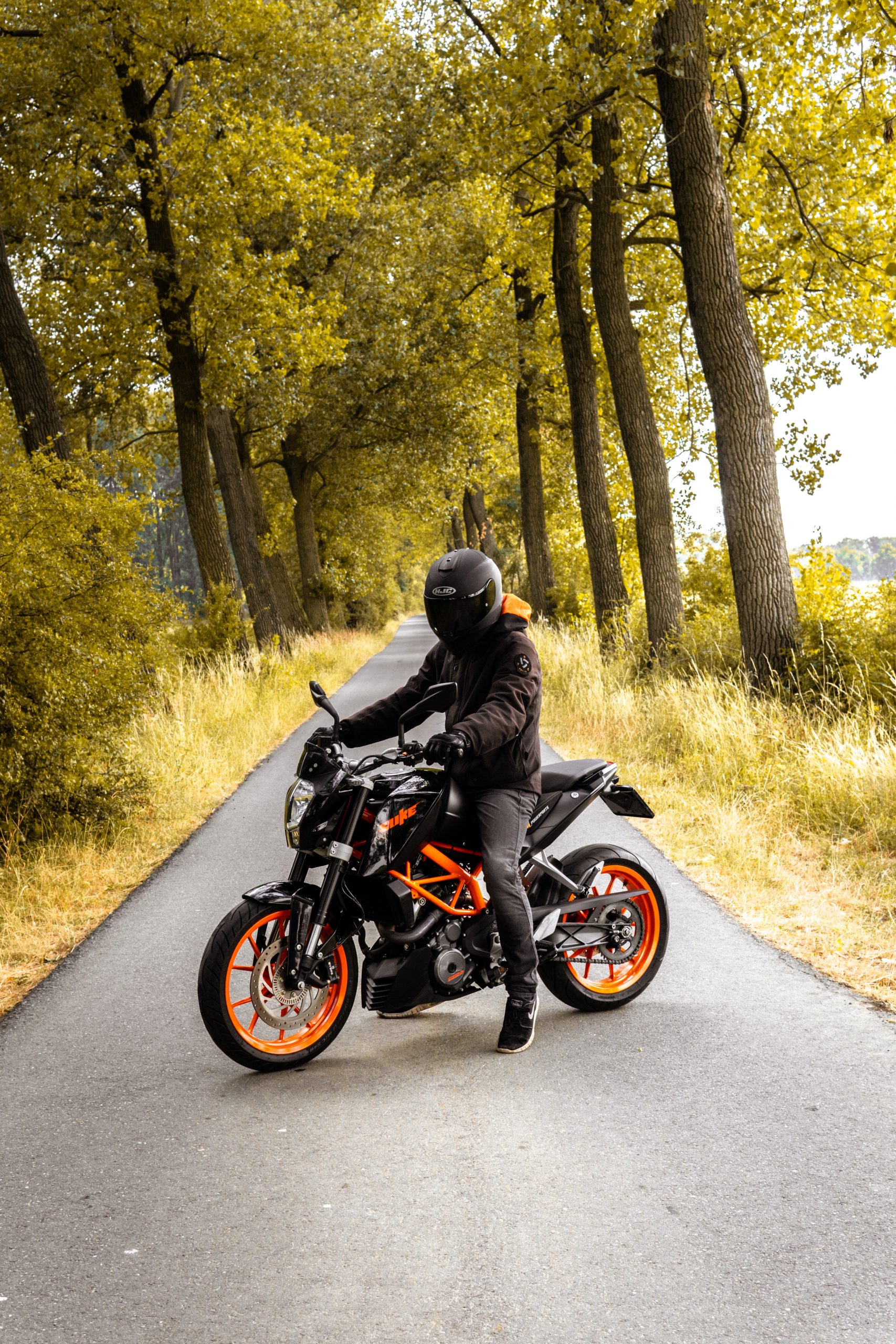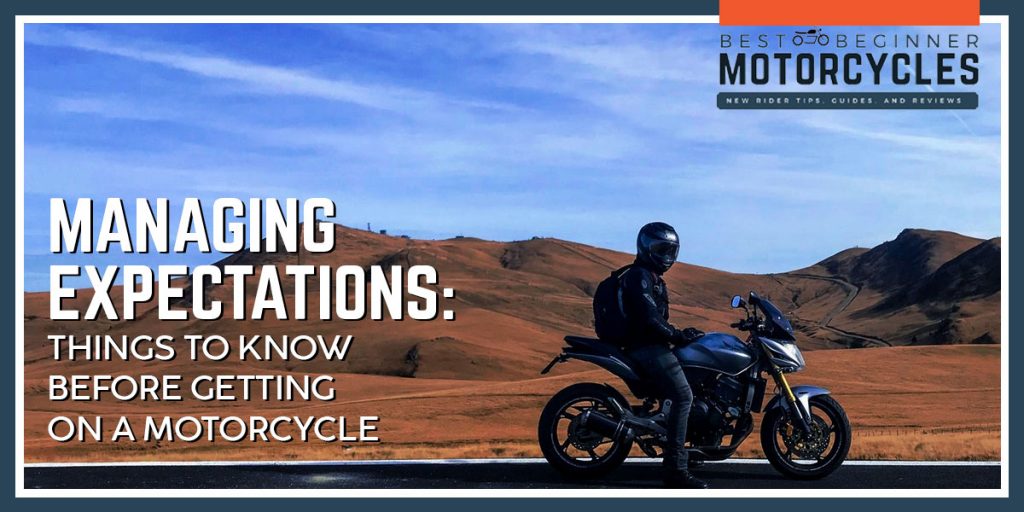Watch the Video
This is Why I Ride
Motorcycling, the closest any one person can get to flying without actually being on a plane as a pilot. It comes with all the excitement, all the dangers, a lot of practice to be any good… and the better we get, the more fun we are capable of having.
Being a motorcyclist is also about joining a community of like-minded individuals, that are more often friendly, helpful, and overall great people. This community can often lead to new experiences and new places.
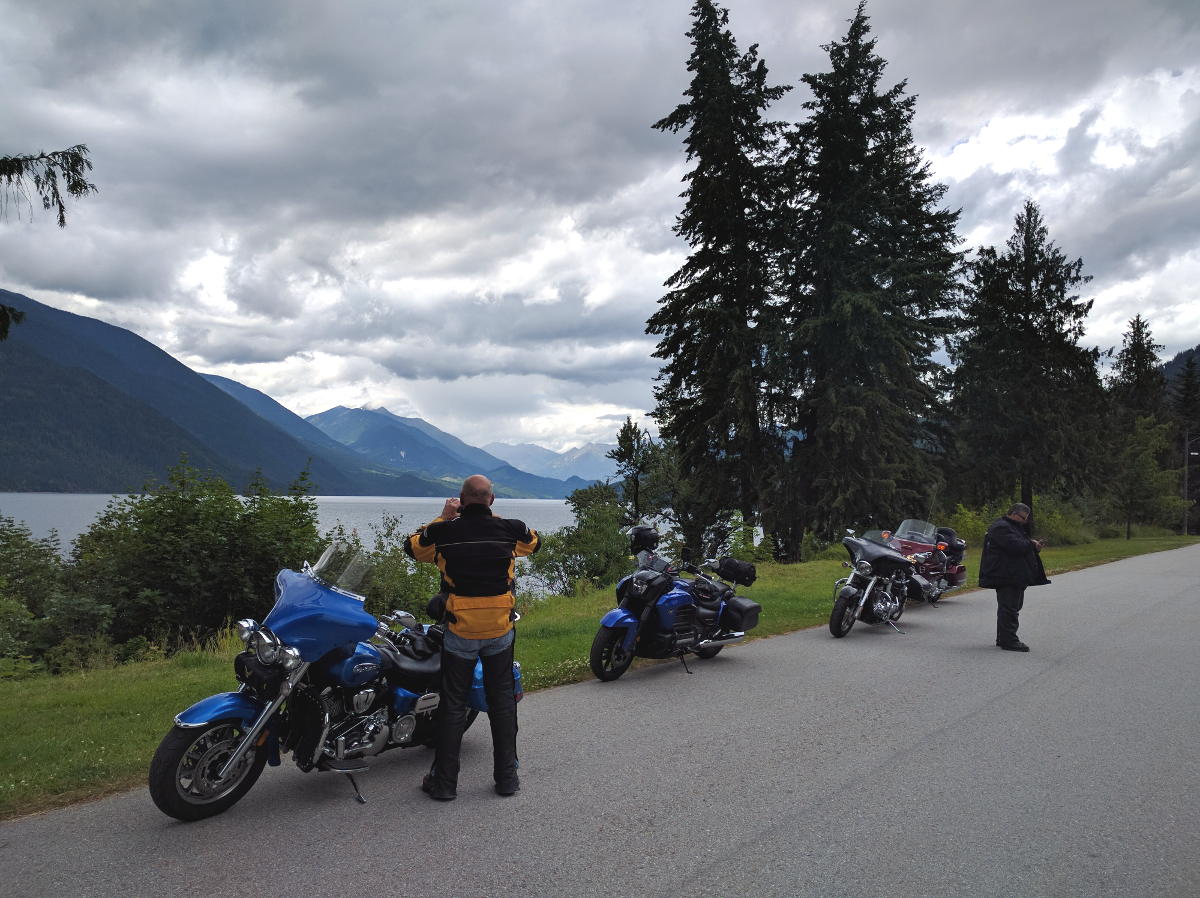
I have been riding motorcycles for 13 years and have been a motorcycle riding instructor for about 9 years.
At every course I teach, I always ask the question “What makes you want to ride a Motorcycle!?”. The answers I get from my students vary, from things like “I want to impress the opposite sex” and “motorcycles are cool” to more practical reasons, such as “it’s more economical to drive.”
One common element that stands true for every reason given is that there is something special about motorcycles.
As a new rider, you will likely all have a rough idea on what type of motorcycle we want to get into, however I recommend not getting too hung up on riding a specific type or style of bike in the beginning. Keep an open mind, as you will likely find that your tastes will quickly evolve as you experience new types of bikes and riding conditions.
Riding a motorcycle can be a very positive influence on people. Whether it’s just an economical mode of transportation, a way to reach a place of Zen and relaxation, or a way to blow off steam on a track.
However, Riding a motorcycle comes with risks, and these risks are something you need to be able to accept before getting onto a motorcycle. A few of these risks:
- It takes effort to balance on two wheels
- There’s no protective cage in the event of an accident
- Weather conditions will affect you more than if you were in a car
- You will be much less visible to other drivers
Many of the risks associated with riding a motorcycle can be mitigated by using appropriate gear, riding within your skill level, and by having a respectful attitude towards the capabilities of the bike and the rules of the road and the other motorists that inhabit them.
Are you willing to accept the risks?
Physical & Mental Challenges Associated With Learning to Ride
Riding a motorcycle is not something most people can learn to do quickly. It takes time and practice to become a skilled rider. Aside from getting gear and a motorcycle to practice with, the main challenges people run into are the mental and physical challenges.
Get Mentally Prepared
The mind is a powerful thing, and you need to make sure it is ready for the tasks you assign it. Here are a few mental challenges that i have seen people run into and how I suggest you try overcoming them:
- Fatigue – Learning to ride is mentally exhausting. Make sure you plan ahead and get sufficient rest. While wanting to ride a motorcycle can be spontaneous, just getting on one and trying to learn should not be.
- Nerves – Every person who has ever been on a motorcycle has been nervous about learning. Remember there is a reason why you are learning and practicing. The best way to calm your nerves is through practice and preparation!
- Dropping or damaging your motorcycle – Dropping a motorcycle is part of the learning process, but is also something I find rattles my students the most often. It’s better to drop a bike when you’re learning than when you are out on the road. I always tell my students that there are two types of motorcyclists: those who have dropped a motorcycle and those that will eventually drop a motorcycle. Unless you are hurt, you should get back onto the bike right away for at least a little bit to get past any jitters.
- Inexperience – Riding a motorcycle is not easy, it’s why motorcycles have their own separate licensing. Learning to ride is a battle with yourself, not the bike, and will take lots of practice.
I have a few rules when I teach courses, and one of them is that anything along the lines of “I can’t do it” is banned from the space. As a new rider, you should always be telling yourself “I can do this! just need more practice.”
Get Physically Prepared
Riding motorcycles is physically demanding even on the most experienced rider. New riders are likely using muscles that have barely been used before, and constantly developing new muscle memory from practicing. Your body will be constantly engaged. So a few things to help keep you learning at your best.
- Injuries/medical conditions – Everyone gets hurt at some point in their life. You need to consult a doctor if you are injured and ask them if they feel it would be a good time to learn how to ride. The same is true for other medication conditions, such as arthritis, asthma, or diabetes. Make sure whoever is with you or teaching you is aware, and ensure you have everything you need with you to manage your condition(s).
- Take breaks – Everyone’s a little different on how often they will need a break, but a good rule is a 5-10 minute break for every 1 hour. During breaks, drink water and eat a snack if you’re feeling hungry.
- Relax – New riders easily tense up. I often see my students with the shoulders shrugged up to their ears. If you are having trouble learning a new skill, this is one of the common reasons why. Take a moment and literally shake your arms out and focus on relaxing your body and try the skill again.
Learning to ride will challenge you unlike many things in life. I promise it will be worth it but you just have to prepare yourself for that journey.
Learning to Ride on Your Own
As a rider who took a course when I started and am now a riding instructor, it would be criminal not to recommend taking a government-approved motorcycle safety course. These courses offer new riders numerous benefits:
- A variety of different types of motorcycles to try.
- Different sizes of bikes “for the different sized rider.”
- A safe and legal environment to practice.
- Professional instruction, which can help avoid developing bad habits and improper riding technique.
- If you accidentally drop the bike it’s considered a “cost of business” for the school. Better their bike than yous.
- Some schools even let you use their motorcycle (if you pass their course) to take the actual licensing test.
- Gives prospective new riders the chance to see if motorcycling is something they would like to pursue, with minimal investment.
- Insurance discounts.
Finding a Place to Practice
With all of that said, not everyone will have the opportunity to have a motorcycle course. Perhaps you want to practice more after taking a course. If this is you, I recommend finding a nice open parking lot like the one pictured below.
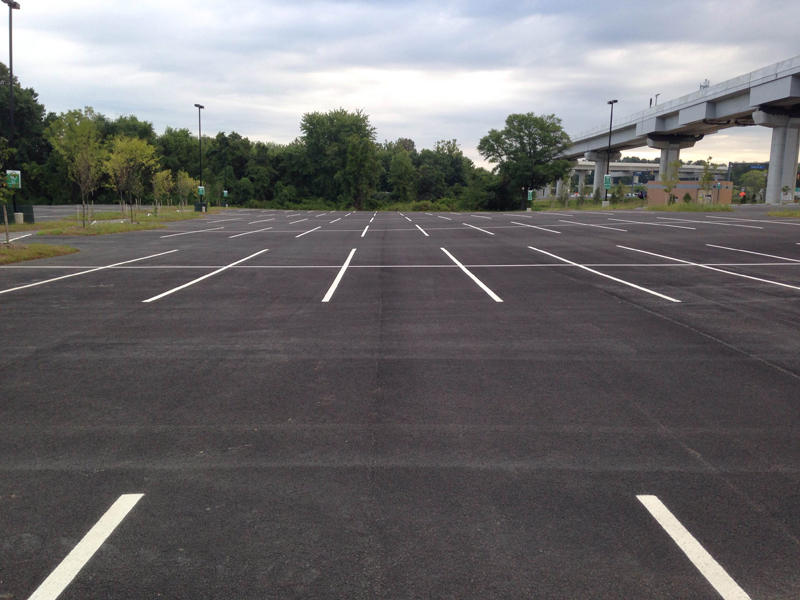
For the most part places like this are private property. You will need to talk with the owner or general manager and make sure that it is ok for you to use the lot.
Once you have permission, it’s in your best interest to use the lot when there is little to no traffic/parked cars in the area.
You will want to try and find a lot that doesn’t have light posts or separators. Riders without a license will also need someone with a valid divers/riders license that allows them to supervise learning riders. Keep in mind different regions may have different rules on what is needed by the rider before they are allowed to be considered a learner- be sure to familiarize yourself with local laws.
I generally don’t recommend getting friends and family of new riders to teach them how to ride. In my experience, friends and family often mistakenly skip steps in explanations or teach you bad habits that they picked up over their riding career.
New riders can mitigate forming bad habits by doing research on the mechanics of a motorcycle, what the controls actually do, and proper techniques on using those controls.
You should have someone who is currently an active rider and has a few years of experience under their belt to help you. Ideally, this person has taken a safety course and are aware of proper riding technique.
Riding ATGATT: All the Gear All the Time
Motorcyclists are exposed to exponentially more risk compared to regular motorists. As a result, we should be exponentially more prepared- we as riders need to dress for the slide, not the ride.
ATGATT (all the gear all the time) refers generally to having protective gear covering any part of the body that could make contact with the road. This would include but not limited to
- Helmet – A DOT (department of transportation) certified helmet.
- Jacket – Motorcycle grade, textile or leather jacket.
- Gloves – High abrasion resistant material.
- Pants – Protective pants or coverings made of high abrasion resistant material.
- Boots – Strong material that covers and supports at least up to the ankles.
I always recommend that my students follow the philosophy of ATGATT, but many riders fall from grace and follow MOTGATT (most of the gear all the time). Every time you follow this acronym you are accepting the risk of a higher likelihood of injury. Rider beware.
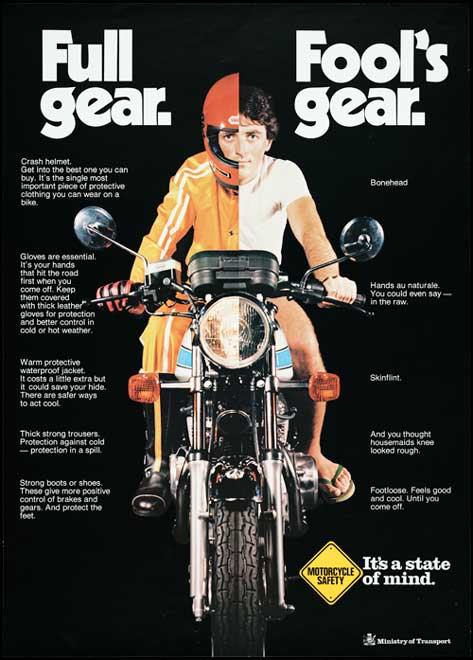
Brittany Morrow did an excellent article on webBikeWorld.com about the importance of motorcycle safety. “True Confessions of a Motorcycle Crash Test Dummy”. Please give it a read as it helps provide context into the importance of riding ATGATT.
Remember: Practice Makes Perfect, but You’ll Never Be Perfect
All riders should strive to make themselves a better rider every time they are out on their motorcycle. Whether it’s smoother braking, better clutch control when shifting, or just keeping a more stable driving line, always endeavor to pursue perfection…
… but always remember that we will never be perfect. If a moment ever crosses your mind where you think you have mastered the craft, then you as a rider need to hang up your keys and give up motorcycling, as you just became a danger to yourself and other occupants of the road.

